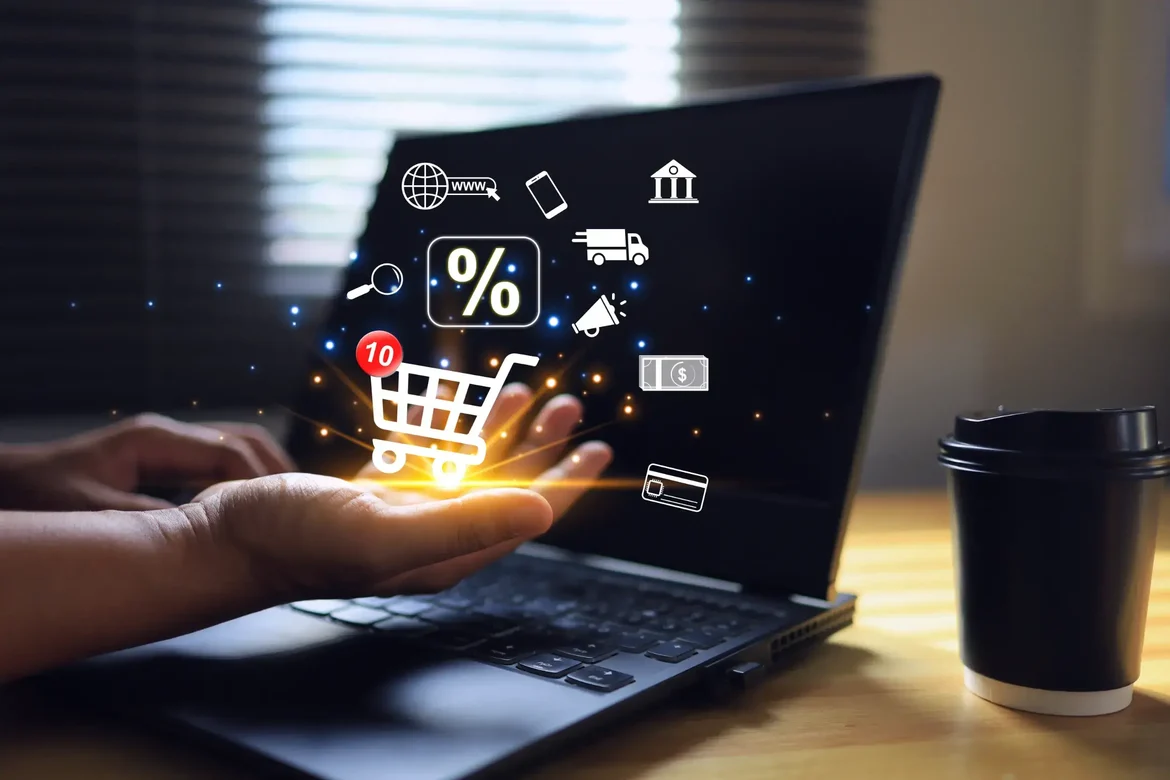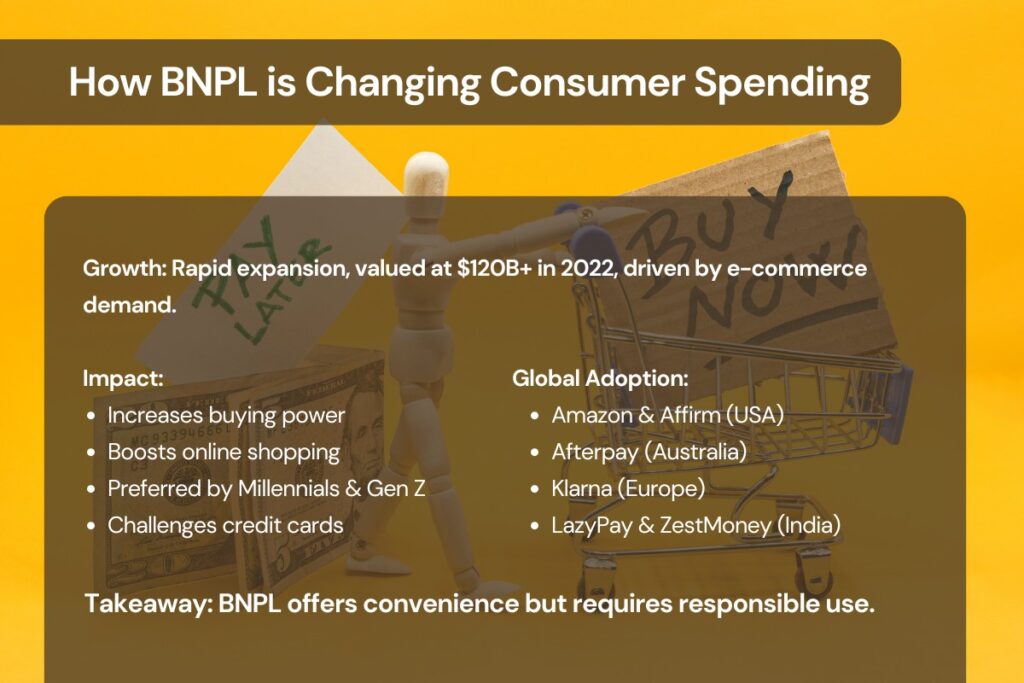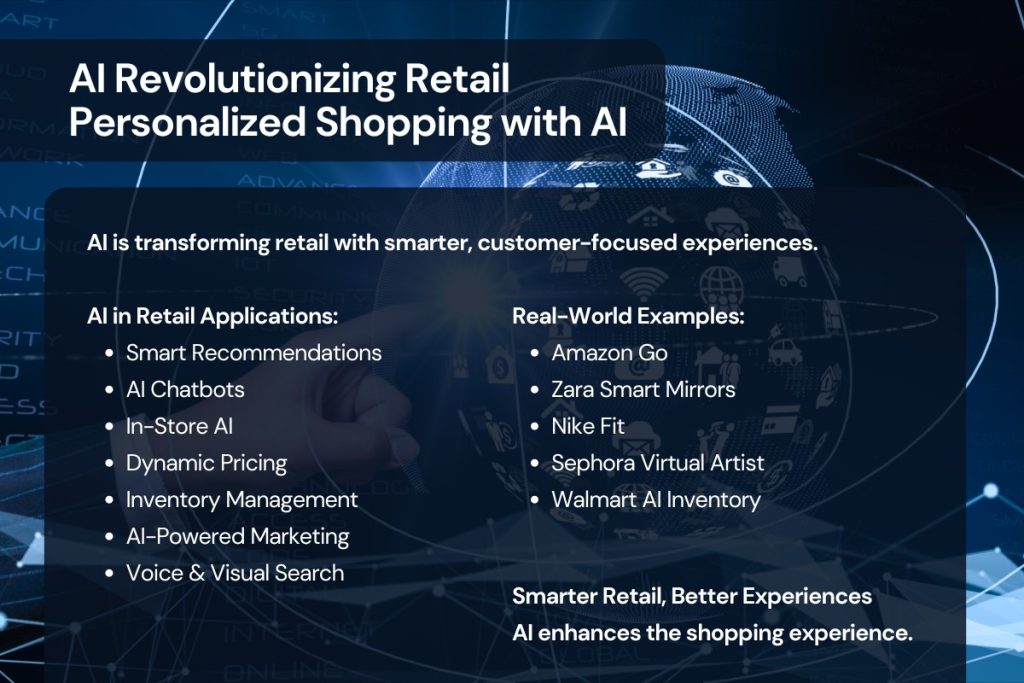Key Notes
- E-commerce security is now critical to business continuity and customer confidence.
- Electronic stores have the obligation to protect customer data from increasing digital attacks.
- Making sure that payments can be processed safely is important for transaction security.
- The virtual storefront is a favorite target of cyberattacks
- Aggressive cybersecurity strategies are fueling long-term e-commerce success.
Why Cybersecurity Is Critical to the Success of E-commerce Businesses
E-commerce security is an essential part of business survival and customer confidence. Every part of an online business depends on good cybersecurity, from processing transactions to managing user data. Data breaches, financial fraud, fines, and reputational loss are more likely to occur in organizations that fail to protect sensitive data. Safe payment systems are particularly important because any lapse can result in immediate monetary loss and customer turnover. Ignoring these areas not only raises operational risk but also affects relationships with long-term customers.
Why Strong Cybersecurity Begins with Smart Infrastructure
E-commerce today is a continuously operating, multi-platform environment that demands constant availability and responsiveness. From mobile apps to web checkouts and third-party plugins, every step must be protected. Consequently, weak infrastructure often becomes the entry point for cybercriminals. In contrast, strong backend systems with active monitoring, encrypted communications, and role-based access controls form the backbone of a secure digital storefront.
Also, when companies invest in scalable cybersecurity, not only do they minimize vulnerabilities but also maximize performance and trust. Maintaining system uptime, protecting consumer data, and securing backend integrations all start with a good cyber framework.
How Protect Customer Data Maxes Out Customer Loyalty
Today’s consumers are more privacy-conscious than ever. Customers will abandon a shopping cart or a brand if they think their data is not safe. Protecting customer data has evolved from a compliance obligation to a key source of customer trust and competitive advantage. When companies show they care and take visible action to protect information, they create long-term loyalty.
On the other hand, long years of trust can be lost in an instant. Cyberattacks like identity theft, phishing, and stealing credentials often start with poor data hygiene. Customers trust brands to keep their information safe, and it’s not easy to get that trust back once it’s been broken.
Therefore, incorporating encryption, safe account verification, and routine audits into the customer experience contributes directly to retention and reputation.
Why Secure Payment Processing Is Non-Negotiable
Payment fraud is a leading concern in the e-commerce space. Every transaction is a potential weak spot if not handled properly. Therefore, secure payment processing is an essential component of any cybersecurity measure. Companies can protect customer data greatly reduce their risk of fraud by using tokenization, PCI DSS-compliant gateways, and two-factor authentication.
Additionally, people are choosing e-commerce sites that offer safe and common payment methods, like digital wallets and protected checkout systems, over others. These qualities not only make people trust you more, but they also protect customer data make the buying process easier. To keep that trust, top organizations are proactively changing how they deal with new types of fraud. This protects their brand reputation and their income at the same time.
Why E-commerce Security Is No Longer Just an IT Issue
Regulatory agencies, such as GDPR, CCPA, and PCI DSS, are enforcing stricter controls on protect customer data and transaction security. Not following the rules doesn’t just lead to a fine; it also leads to lawsuits, a damaged reputation, and platform bans.
So, the biggest names in e-commerce protect customer data today are streamlining cybersecurity with rules and regulations. They know that rules aren’t just extra steps to take but a way to make operations safer and more secure.
Leading e-commerce brands are making compliance checks, vulnerability assessments, and policy updates part of everyday operations.
Real-World Incidents Are Increasing the Stakes
Recent high-profile breaches have confirmed one thing: e-commerce companies can’t make cybersecurity an afterthought.
In 2023, a ransomware attack severely disrupted operations at MGM Resorts, leading to service protect customer data outages and an estimated financial impact of around $100 million. A lot of that money was spent on fixing systems that customers used. This isn’t a shopping site, but it is a reminder that cyberattacks can shut down service and even make money disappear.
In the retail industry, WHSmith had a major breach that exposed information about employees. This caused regulators to look into the matter and hurt the company’s reputation. A 2022 Shopify merchant breach through third-party apps protect customer data was an example of how vulnerable digital storefronts are, particularly when vendor integrations are not secure.
The 2024 Verizon Data Breach Investigations Report reported that 59% of e-commerce breaches now come from third-party vendors, highlighting the requirement for end-to-end protection on all platforms.
As cyber threats become more advanced and persistent, businesses that prioritize adaptive, end-to-end protect customer data security are the ones earning long-term customer trust and minimizing operational risk.
Is Your E-commerce Security Ready for Future Threats?
Sustainable e-commerce growth in the digital economy requires proactive cybersecurity management. Top e-commerce businesses are moving away from reactive security, choosing systems that can adjust as threats change over time.
Here’s how successful e-commerce operations are infusing cybersecurity into their long-term strategy:
- Real-time updates and fixing of vulnerabilities are integrated into everyday operations to minimize exposure windows.
- Constantly secure payment processing is applied evenly across all areas and platforms.
- Customer information is protected by encryption, access controls, and secure storage procedures.
- Cybersecurity awareness, such as phishing and social engineering attacks, is a big part of workplace training programs.
- Automated compliance monitoring provides ongoing coverage and minimizes the likelihood of regulatory breaches.
Cybersecurity is now an integral business function, with a direct influence on operational resilience and competitiveness.
The Future of E-commerce Security: Adaptive, Automated, Always-On
Cyberattacks are changing at an ever-accelerating pace, and fixed defenses are no longer adequate. The future of e-commerce cybersecurity is adaptive, protect customer data intelligent systems that are able to detect anomalies in real time, to automate incident response, and to integrate seamlessly across digital storefronts.
AI-based fraud detection, biometric authentication, and decentralized identity systems are already protect customer data redefining how online merchants safeguard customer information and facilitate secure payment transactions. As e-commerce sites get smarter, businesses that put cybersecurity at the top of their innovation plan will be ahead of the curve.
Those who approach security as an ongoing process, not just a one-time investment, are better positioned to build agile, trusted, and scalable digital environments. At ProcesIQ, our team works closely with innovative e-commerce businesses to embed security into the foundation of their growth, ensuring their infrastructure is built to scale with confidence.







